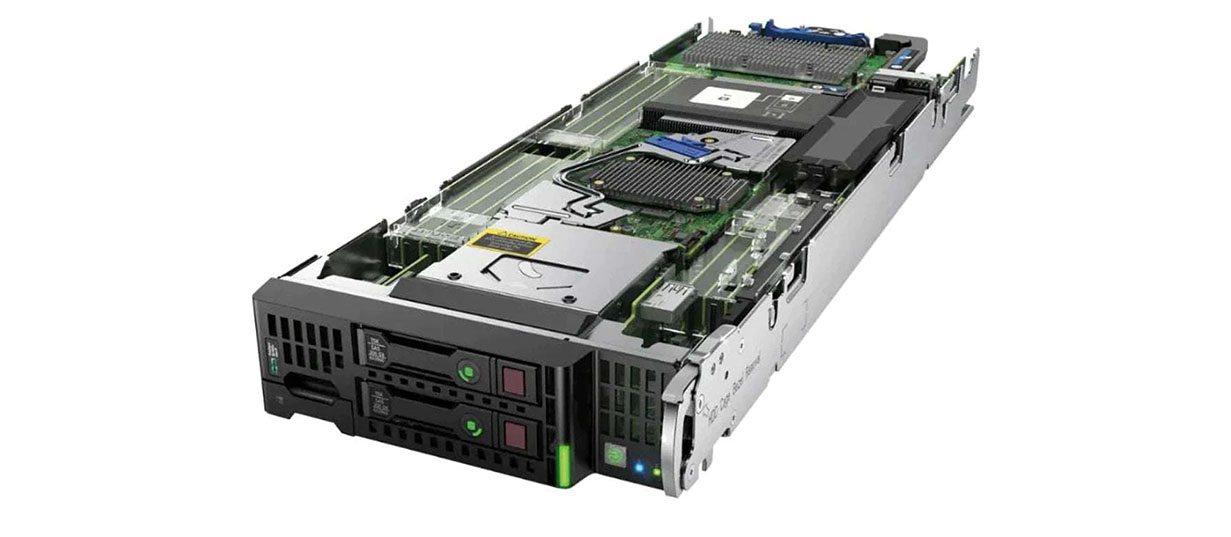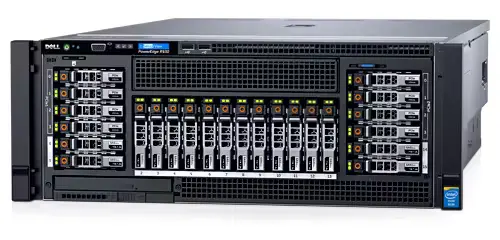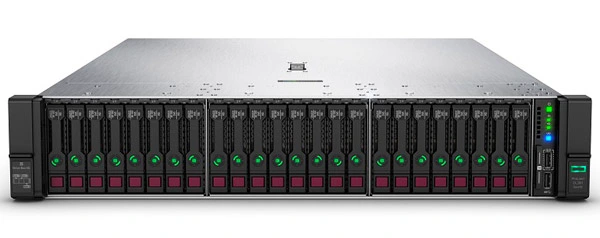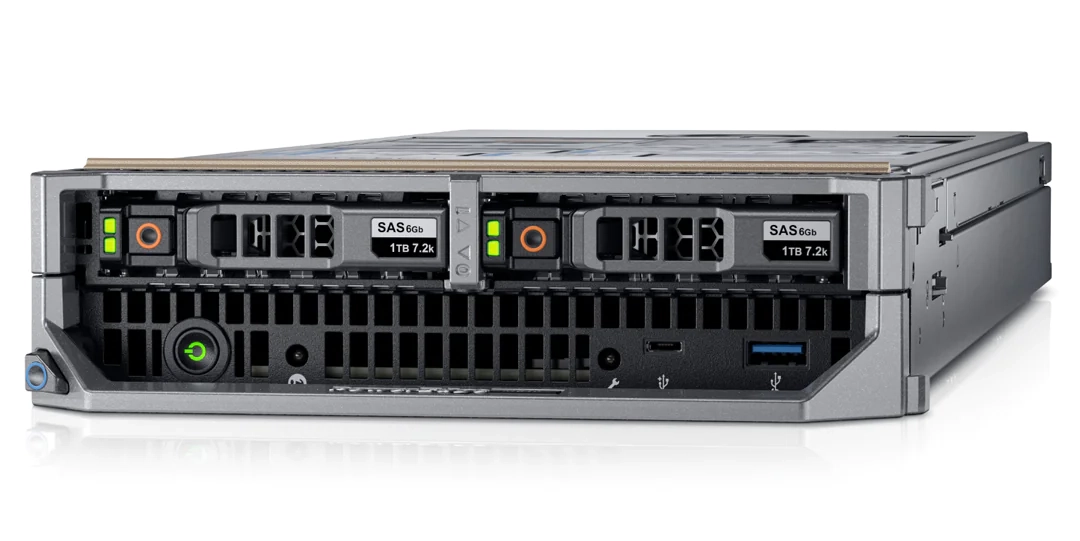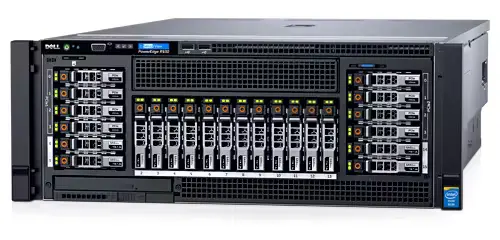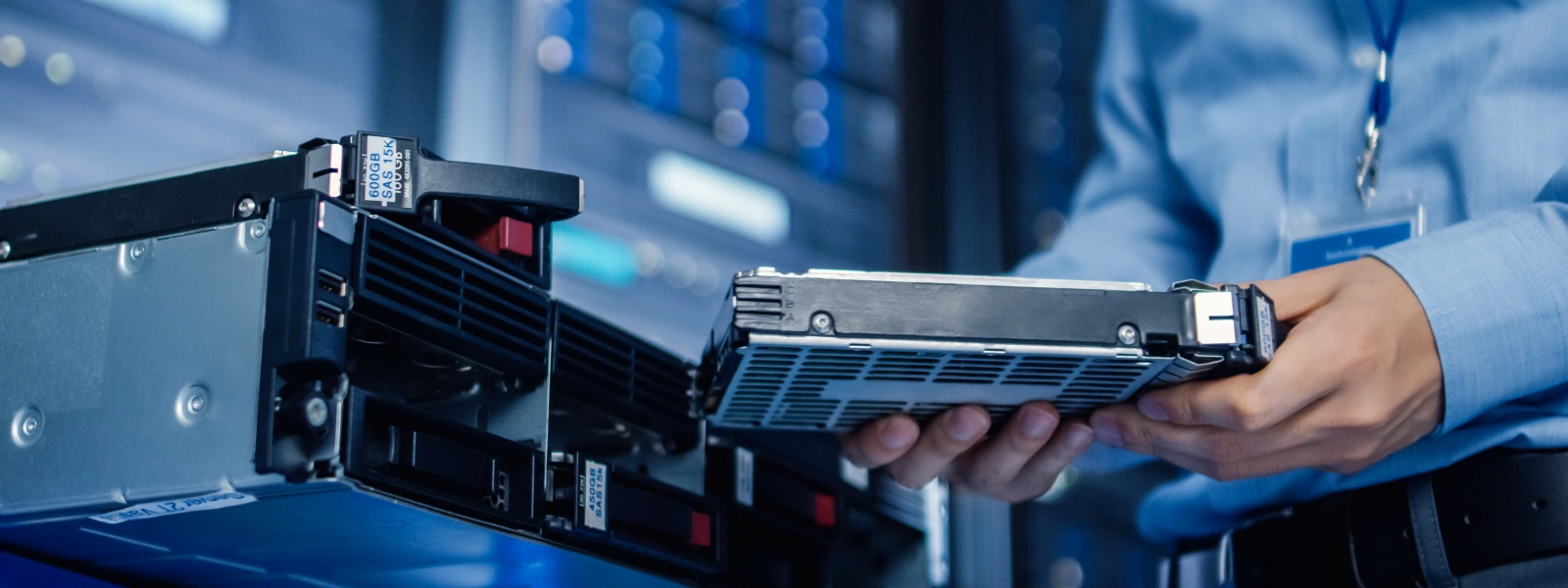In an increasingly connected world, reliable and efficient networking equipment has become the backbone of modern businesses. From ensuring seamless communication to enabling data-driven decision-making, the right infrastructure is essential for success. Whether you’re a small startup in Houston or a national enterprise, choosing top-tier networking equipment can future-proof your operations and enhance productivity. In 2024, businesses face new challenges and opportunities with advancements in technology, requiring tailored solutions to meet their specific needs. At Source Tech Systems, we pride ourselves on offering the best networking solutions, from high-performance switches to energy-efficient routers, catering to Houston and businesses across the nation. Let’s explore the trends, technologies, and tools that are defining networking solutions for businesses in 2024.
Why Future-Proofing Your Network Matters
The pace of technological advancement shows no signs of slowing, making future-proofing your network infrastructure more critical than ever. Businesses that fail to invest in adaptable solutions risk falling behind as their networking needs evolve. A future-proof network ensures scalability, allowing you to add devices, handle higher data loads, and integrate new technologies seamlessly.
At Source Tech Systems, we specialize in networking equipment that grows with your business. Our solutions, including IT hardware in Houston and nationwide, are designed to adapt to changing demands, ensuring your investment remains valuable for years to come. From expanding cloud services to integrating AI-powered tools, future-proofing is no longer optional; it’s a necessity.
High-Performance Switches: The Core of Efficient Networking
Switches play a pivotal role in managing data traffic within your network. High-performance switches ensure that data flows smoothly between devices, reducing bottlenecks and maintaining productivity. Modern switches now come with advanced features such as real-time monitoring, enhanced security protocols, and energy-efficient designs. Source Tech Systems offers a range of cutting-edge switches tailored to meet diverse business needs. Whether you’re a small office in Houston or managing multiple locations nationwide, our switches provide the reliability and performance required to keep your operations running smoothly. Investing in high-performance switches is a step toward maximizing network efficiency and ensuring long-term stability.
Wireless Access Points for Seamless Connectivity
Wireless access points (WAPs) are critical for providing reliable Wi-Fi coverage in today’s business environments. With the advent of Wi-Fi 6 and other advanced technologies, modern WAPs offer faster speeds, broader coverage, and the ability to handle more simultaneous connections. This is particularly important for offices with high device density or for public-facing businesses like retail stores and restaurants.
Source Tech Systems provides state-of-the-art wireless access points that ensure seamless connectivity for businesses of all sizes. For companies in Houston looking to enhance their office environments or businesses nationwide seeking robust wireless solutions, our WAPs deliver exceptional performance. Reliable wireless connectivity is no longer a luxury—it’s a business necessity that improves efficiency and customer satisfaction.
Secure Routers: The First Line of Defense
Your router is the gateway between your network and the internet, making it a critical component in maintaining security and performance. Modern routers now include advanced features like integrated firewalls, VPN capabilities, and AI-driven threat detection to ensure that your network remains secure while delivering high-speed connectivity. At Source Tech Systems, we offer a variety of routers tailored to business needs, from small offices in Houston to large enterprises nationwide. Our routers provide not only high-speed internet access but also robust security features to protect your sensitive data from cyber threats. Investing in a secure router is an essential step toward safeguarding your business’s digital assets.
Networking Equipment Installation and Support
Purchasing the best networking equipment is only the first step; proper installation and ongoing support are equally important to ensure optimal performance. Poorly installed equipment can lead to inefficiencies, frequent downtime, and frustrated employees. That’s why professional installation services are critical to getting your network up and running smoothly.
Source Tech Systems offers end-to-end networking solutions, including expert installation services for businesses in Houston and beyond. Our team ensures that your networking equipment is configured correctly and integrated seamlessly with your existing infrastructure. With ongoing support and maintenance, we keep your network running at peak performance, minimizing disruptions and maximizing uptime.
The Role of Data Center Equipment in Networking
Networking equipment doesn’t operate in isolation—it relies on robust data center infrastructure to support connectivity and data storage needs. Servers, storage solutions, and networking hardware must work together harmoniously to deliver the performance and reliability businesses demand. Investing in high-quality data center equipment ensures that your network can handle increasing workloads and provide consistent service. Source Tech Systems specializes in comprehensive data center solutions, including Dell servers, HP storage solutions, and other top-tier equipment. Whether you’re upgrading your existing data center in Houston or building a new facility from the ground up, our team provides the expertise and products needed to create a seamless networking ecosystem.
